The Disappearance of US Navy Plane 17254 - Chile, 1969 [ Part Two - The Search ]
In this article, I will detail the original search efforts and eyewitness accounts from the official US Navy report on the incident.
Although many details of this fateful day have only recently become clear to me, the story is something I have been aware of since childhood. It was my uncle on my mother's side, LCDR James Peter Kuhn, who was co-pilot on this flight.
It is my intention to bring some closure to this nearly 49-year-old mystery, and to that end, I am assembling a team whose objective is to locate the missing aircraft and prompt the repatriation of those 16 souls who are still lost to us.
Our current focus is a thorough analysis of all known reports, as well as the acquisition and analysis of all relevant spatial data and environmental conditions for the area in question.
- Heading up research and analysis – Catalyst, aka – @gra – A geologist by training, cartographer and GIS analyst by occupation, and an explorer by nature.
- Expeditionary team resources – @wolfcat – global explorer.
In February of 2019, we will make an expedition into the Andes Mountains and attempt to locate the missing aircraft and those who were onboard.
In Part One of our exploration into the fate of Navy Plane 17254... I presented a timeline of events beginning with fueling up the plane at 1100 (11 am) at El Belloto Airfield, to the final transmission at 1715 (5:15 pm), after having departed from Los Cerrillos Airfield in Santiago just 25 minutes prior.
The Search + Eyewitness Reports
An in-flight data recorder & crash locator was still under development by the U.S. Navy but was not anticipated to be available before July 1970, so there was no such device on Navy 17254.
Search Summary
The combined military forces of the United States, Chile, and Argentina, along with countless civilian rescue teams and aviators attempted to locate US Navy Plane 17254 which disappeared into a winter storm in the Andes Mountains on August 4th, 1969. 3 to 4 meters of fresh snow, rugged terrain, and severe weather greatly hampered the seach efforts. Despite receiving numerous eyewitness accounts of the aircraft, and conducting 162 missions with nearly 1000 hours flown, and involving the assistance of some 972 persons, the aircraft was never located. The search spanned 10 days from August 5th to August 14th, and was never resumed.
The original 1969 search area was divided up into 5 main zones
Additional search details and more precise coordinates are available on JAG p. 137
All times, including those in quotes, have been converted from GMT or Zulu Time, to GMT -4, to accurately reflect Local Time where necessary. (e.g. 2130 GMT becomes 1730 or 5:30 pm local time.) Times given throughout the JAG report vary from report to report with some reports giving GMT and some giving Local Time. I have endeavored to normalize all times given to Local Time, for readability.
August 5th, 1969
0100 hours (1:00 am)
7 hours and 45 minutes since the last transmission from Navy 17254, local authorities commenced developing a search plan.
0200 hours (2:00 am)
The Socorro Andino Group (a mountaineering organization) are placed on an alert status.
0730 hours (7:30 am)
The first search by air was initiated.
“Centering the most probable area as the Angostura de Paine Zone, Sewell, Cerro Paloma, and Airway Los Cerrillos – Curico – Malargue.” JAG p.138
However, between the time of the crash and the beginning of the search already 3 to 4 meters (9.8 - 13.1 feet) of snow had fallen. Search crews were headed into a region now blanketed with snow, and searching for a white aircraft.
“The probable zone of the accident, especially in the high Andes cordillera, is covered with 3 to 4 meters of snow, most of which fell between 1800 hours (6 pm) on the 4th August and 1000 hours (10 am) on the 5th August, which leads us to believe that if the aircraft came down in any location within this region it most probably is covered over with a thick layer of snow which would make it impossible to be found until the time when the snow melts during the summer months.”
JAG p.143
Eyewitness reports begin to emerge.
0730 hours (7:30 am) REPORT:
“Telephone communications are received from Rancagua, Coya, and Sewell to the effect that on 4 August at approximately 2130 hours at the sited locations they had heard a two-engine aircraft.” JAG p.138
1000 hours (10:00 am) REPORT:
“Telephone calls from Sewell, by Major Rodolfo STANGE of Carabineros and Commandante Gustavo PINTO (retired major, Chilean AF) informed that a c-47 aircraft had been heard on Monday, 4 August at 1730 hours (5:30 pm) and apparently was going in towards the Cajon Extravia.” JAG p.138
1800 hours (6:00 pm)
Search suspended due to lack of light – 59:20 hours flown on 19 missions.JAG p.138
1959 hours (7:59 pm) REPORT:
“A telephone call is received from the Sargeant on Guard at the 18th Carabinero Station informing that the Carabinero post at Linderos had been informed by Mr Manuel NUNEZ Riveros, Director of the newspaper Luchador of Buin, that on 4 August, approximately at 1700 hours (5:00 pm) he had heard the sound of an aircraft flying in the direction of the Altos de Jahuel towards the S.East.” JAG p.139
August 6th
0800 hours (8 am) Search area commenced by air and included Zones 1 - 5 with most importance being given to Sewell and the surrounding area.
REPORT:
“Helicopter H-87, Piloted by Comandante Garcia (Major) went to Sewell and contacted Major STANGE of the Carabineros. Together they covered the zone landing in different sectors, and determined that numerous villagers had similar information on the fact that they had heard an aircraft approximately at 1730 hours on the 4th August which was entering the "Cajon El Extravio". On that day it snowed intensely and there was also a lightning storm. The amount of snow which accumulated in this sector being estimated at over 3 meters..” JAG p.139
1850 hours (6:50 pm)
Search suspended for the day due to lack of light – 66:40 hours flown on 28 missions
August 7th
0950 hours (9:50 am) Air search was initiated. Delays caused by bad weather.
1400 hours (2:00 pm) REPORT:
“Sr Jorge ALVAREZ A. informed that on 4 August at approximately 1740 hours he heard a C-47 aircraft flying between the clouds in South East direction at 20 Km East of Rancagua. Later, his brother in law, Sr. Luis SILVA affirmed having seen a white, two engine aircraft, between 1730 and 1745 hours, flying at 10 km East of Rancagua in a South East direction and at an altitude of over 3500 feet.” JAG p.140
1830 hours (6:50 pm)
Search is suspended – 33:55 hours and 16 missons flown
“Weather conditions were generally most unfavorable.” JAG p.139
August 8th
0900 hours (9 am) Air search initiated.
1000 hours (10 am) REPORT:
“A telephone call from El Teniente Mines in Rancagua, Capt ROSALEZ, informed that the miner Mr Modesto GUAJARDO, address Estudio #300, Graneros, saw a plane crash and explode. Helicopter H-70 was sent to investigate. The miner states that from his home, in Graneros, approximately [2200 hours (10 pm) on August 5th] he saw a light similar to a landing light, crash into a mountain and this caused a snow slide. He believes this might have some connection with the aircraft. He was taken in the helicopter in order that he might indicate the area. A search was made for 0220 hours with no results. A C-45 searched the same area in the afternoon with no results. Only a natural snow slide is visible.” JAG p.140
1830 hours (6:30 pm) Search is suspended – 40:25 hours and 16 missions flown.
August 9th
0900 hours (9 am) Air search initiated.
1800 hours (6 pm) Search is suspended – 40:05 hours and 14 missions flown
August 10th
0930 hours (9:30 am) Air search initiated.
1000 hours (10 am)
Carabinero ground patrol departs to explore Paso Barahona and the River Codegua.
1830 hours (6:30 pm) Search is suspended – 60:15 hours and 26 missions flown
August 11th
0930 hours (9:30 am) Air search initiated.
1100 hours (11:00 am) REPORT:
“Radio-telephone communication with Mr Sergio COLLADO from Coya informs that a villager, Sr Marcelo SALAS observed at Las Lenas and C.Cortaderal, five or six condors.” JAG p.141
1830 hours (6:30 pm) Search is suspended – 41:30 hours and 13 missions flown
August 12th
0930 hours (9:30 am) Air and ground search initiated.
1245 hours (12:45 pm) REPORT:
“A call from Coya states that Sr. Carlos GUTIERREZ, brother of a domestic servant serving with Mr. Emilio MIRANDA, saw, on Monday 4 August, at 1730 hours an aircraft flly by at approximately 2000 meters towards the valley of the Los Cipreses River and Quebrada Cortaderal. Believes that the aircraft crashed on Cerro Los Punzones.” JAG p.141
1800 hours (6:00 pm) Search is suspended – 32:25 hours and 13 missions flown
August 13th
0830 hours (8:30 am) Air search is initiated.
Zone 2 and the hills on the coastline and Angostura are given primary importance.
“Prevailing bad weather condition did not permit great activity. Snowing in the Andes cordillera and low ceilings.” JAG p.142
1820 hours (6:20 pm) Search is suspended – 16 hours and 10 missions flown
August 14th
1000 hours (10:00 am) Air search initiated.
1800 hours (6:00 pm) Daily operations canceled with no results. – Only 7:45 hours and 4 missions flown due to bad weather.
1830 hours (6:30 pm)
“Search without positive results terminated for the USN aircraft 17254, which has been missing for ten days.”
The search ended up spanning 10 days in one of the worst winter storms on record and in some of the most rugged and unforgiving terrain in the world.
Participants came to include the Chilean National Police (Carabineros de Chile) conducting land area search, Chilean Airforce, Chilean Navy, Chilean National Airlines, Ministry of Interior, U.S. Navy and Airforce, Argentinian Airforce, Argentinian Airforce ski troops, various mountain rescue teams, civilian aircraft, and many more.
“The zone in which the USN C-47 17254 aircraft possibly had the accident was patrolled extensively during 10 days. A total of 398:45 hours and 162 missions, flown. 972 persons participated in the search.” JAG p.142
Official Conclusion
The US Navy's official conclusion was that the accident was a result of poor weather conditions.
“Atmospheric conditions in the Santiago - Curico - Malargue route were such that a flight was not advisable, especially for an aircraft of the C-47 type with limited capability for crossing the Andes cordillera, more so if it is considered that the minimum flight altitude (MEA) in route Curico - Malargue is 16000 feet and it was icing up at 5000 feet.” JAG p.142
On September 9th, 1969, the Navy issued an official "Determination of Death".
9 September 1969
DETERMINATION OF DEATHPersonnel aboard NAVSEC C-47 (BUREAU #17254) were reported to be missing on 4 August 1969. Pursuant to the provisions of the Missing Persons Act (37 USCA 551) and the delegation of authority granted by the Secretary of the Navy, the Director, Personal Affairs Division of the Bureau of Naval Personnel, this 9th day of September 1969 finds that all personnel aboard the C-47 died on 4 August 1969.
Evidence deemed to establish the death of the C-47 personnel was received by the Director, Personal Affairs Division of the Bureau of Naval Personnel on 8 September 1969. JAG p.64
In [ Part 3 - Alternative Theories ], I will present some informed speculation as to the fate of US Navy 17254.
Your Vote and ReSteem will help us continue our research, as well as further acquisition and analysis of relevant spatial data and environmental conditions for the area in question.
In February of 2019, we will make an expedition into the Andes Mountains and attempt to locate the lost aircraft.
Sincerely,
@lovejoy
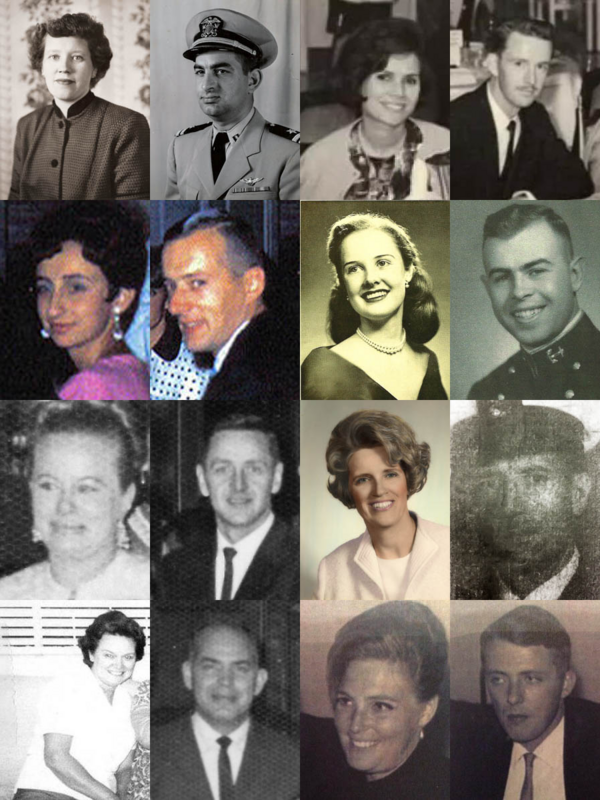
CDR Ralph John Touch
Esther Lina Zuluaga Paterson
Sgt Robert Lee Paterson, Jr.
Sgt Ronnie Joe Ball
Shelby Vaughn Penn Mooney
LCDR Harold Lester 'Hal' Mooney.
LCDR James Peter Kuhn
Elizabeth 'Bette' Hailstone Smith
John Thomas Higgins
Joe Fernandez
Carol Lynn Shirley Homer
Sgt Frank Albert Homer
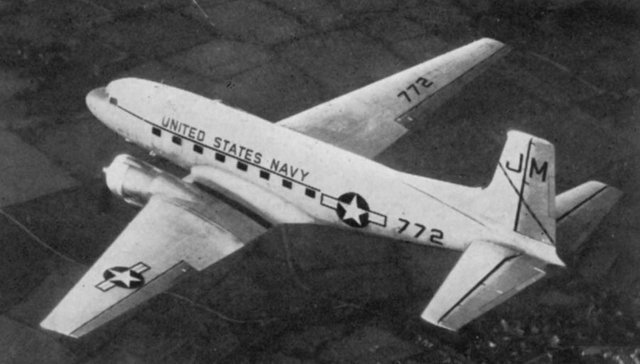
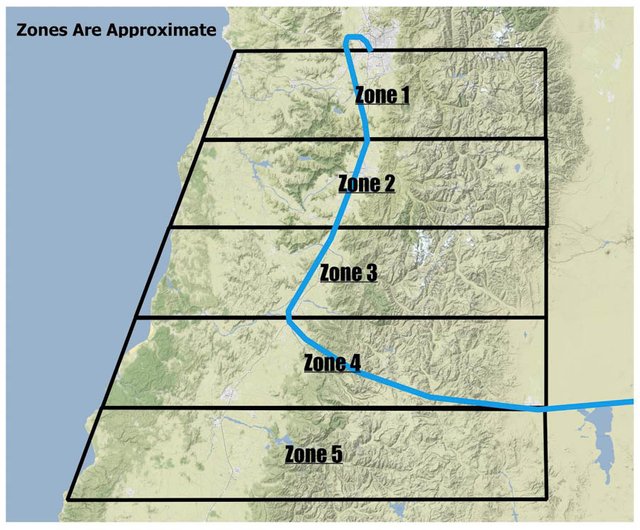
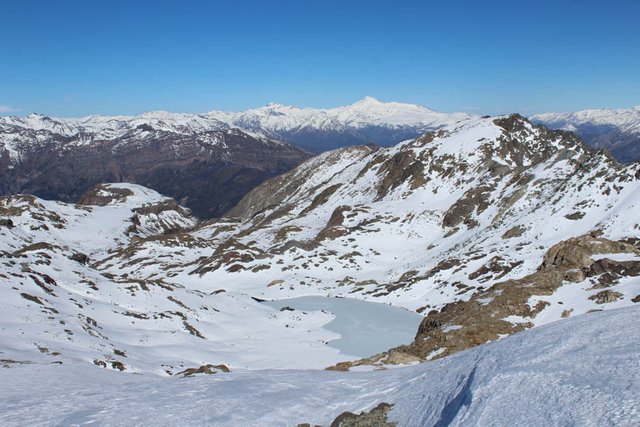
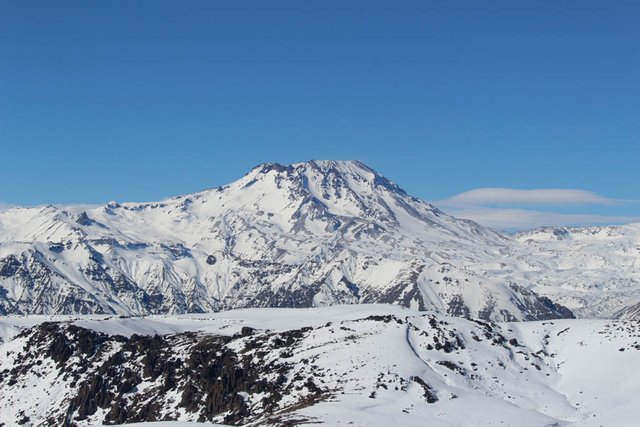
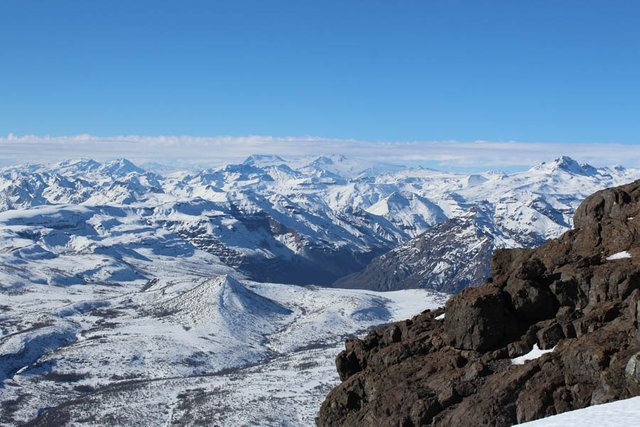
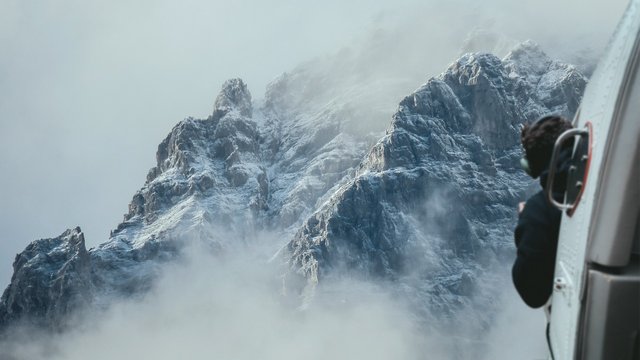
I think I need to start preparing for the expedition.
Fascinating story. Looking forward to the next segment.
Nice history my friend, i like id
Do you know how much of the searching was done in Zone 4? That would seem to have the highest elevations that the plane might have had trouble with.
The search seems to have been focused mostly in zones 2 & 3 ... the Navy seems to have surmised that since they never checked in from Curico they didn't even make it to Zone 4. Officially they don't state that the pilots deviated from their stated course, but we have reason to believe otherwise, as to did the Navy, based on their search priorities from the get-go.
Congratulations on your 2 years.
Congratulation
Today 2 years ago you joined SteemItThank you, for making SteemIt great and Steem on for more years to come!
(You are being celebrated here)